New Cree LED Light - 2700K or 3500K?
carova_2008
15 years ago
Featured Answer
Sort by:Oldest
Comments (28)
lightguy
15 years agocarova_2008
15 years agoRelated Professionals
Egypt Lake-Leto Lighting · Walnut Creek Lighting · Chambersburg Furniture & Accessories · Nashville Furniture & Accessories · Asheville Furniture & Accessories · Clark Furniture & Accessories · Gages Lake Furniture & Accessories · Irmo Furniture & Accessories · Wakefield Furniture & Accessories · Wilmington Furniture & Accessories · La Habra Interior Designers & Decorators · Brentwood Decks, Patios & Outdoor Enclosures · Frederick Decks, Patios & Outdoor Enclosures · Hampton Bays Decks, Patios & Outdoor Enclosures · Medford Decks, Patios & Outdoor Enclosureslightguy
15 years agoizbit
15 years agolightguy
15 years agonapagirl
15 years agoamysrq
15 years agotcjohnsson
15 years agocarova_2008
15 years agolightguy
15 years agotexasredhead
15 years agobayou_cityzens
15 years agolightguy
15 years agogregphoton
15 years agocindyinsocal
15 years agoamateur_electrician
15 years agomatthew-home
14 years agosea_dragon
14 years agolee676
14 years agosea_dragon
14 years agosusanlynn2012
12 years agotubeman
12 years agosusanlynn2012
12 years agoDavid
12 years agosusanlynn2012
12 years agoGranite_Man
12 years agojim-c
12 years ago
Related Stories

LIGHTINGThe Lowdown on High-Efficiency LED Lighting
Learn about LED tapes, ropes, pucks and more to create a flexible and energy-efficient lighting design that looks great
Full Story
LIGHTINGWhat to Know About Switching to LED Lightbulbs
If you’ve been thinking about changing over to LEDs but aren't sure how to do it and which to buy, this story is for you
Full Story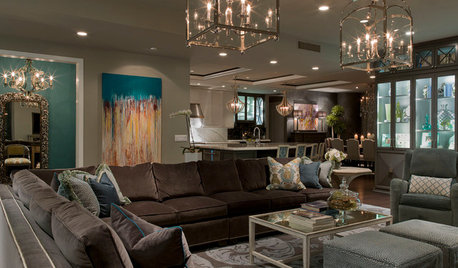
LIGHTING8 Ways to Get Ambient Lighting Just Right
See clearly, boost energy and create the mood you want with these tips for harnessing natural and artificial light
Full Story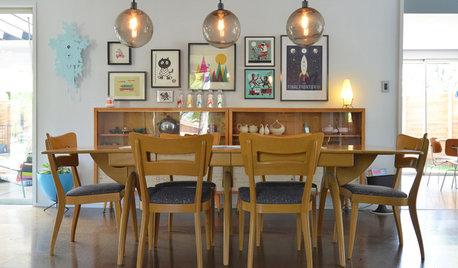
LIGHTINGPersonal Spaces: Homeowners Work Their Pendant Lights
See how all kinds of rooms are getting a lift from hanging lights, both budget-friendly and glam
Full Story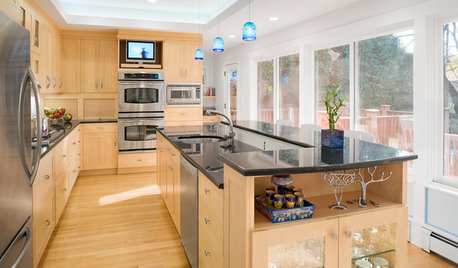
UNIVERSAL DESIGNHow to Light a Kitchen for Older Eyes and Better Beauty
Include the right kinds of light in your kitchen's universal design plan to make it more workable and visually pleasing for all
Full Story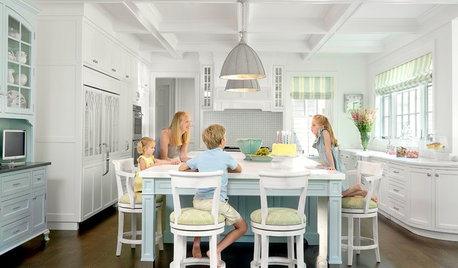
LIGHTINGSource List: 20 Pendants That Illuminate the Kitchen Island
See the ceiling lighting fixtures that are popular on Houzz and find out where to get them
Full Story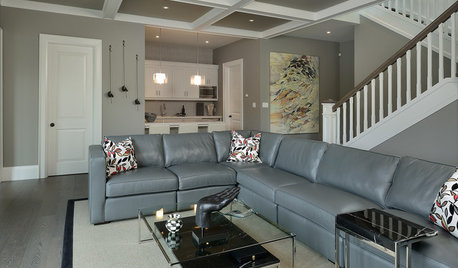
COLORWant Gorgeous Interior Colors? Look to the Light
See how to manipulate natural and artificial light — and learn about those baffling new bulbs — to get the exact room colors you want
Full Story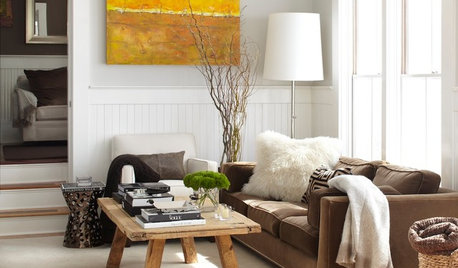
LIGHTINGYour Guide to Common Light Fixtures and How to Use Them
Get to know pot lights, track lights, pendants and more to help you create an organized, layered lighting plan
Full Story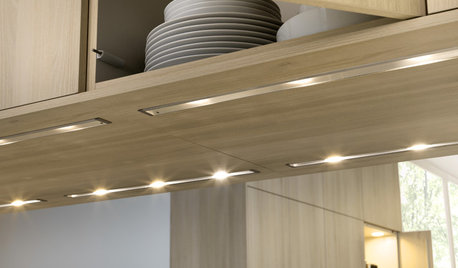
LIGHTINGWhat to Consider When Lighting Your Home
A designer offers a few illuminating insights on this key design element
Full Story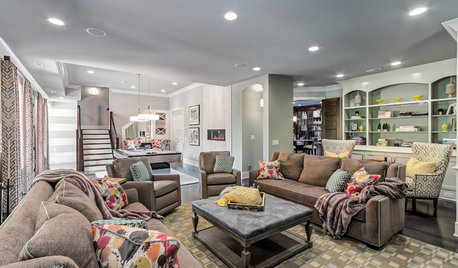
BASEMENTSBasement of the Week: Luxurious and Lovely in Tennessee
Bright artwork led to this walk-out’s restful, neutral palette, but the generous amenities are the real soothers here
Full Story





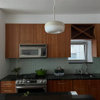
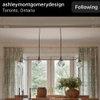
lightguy